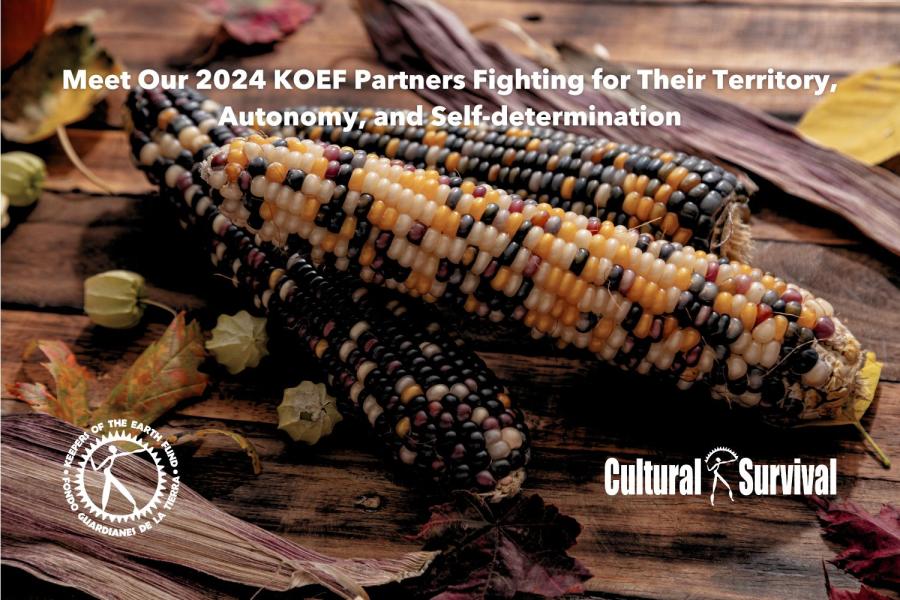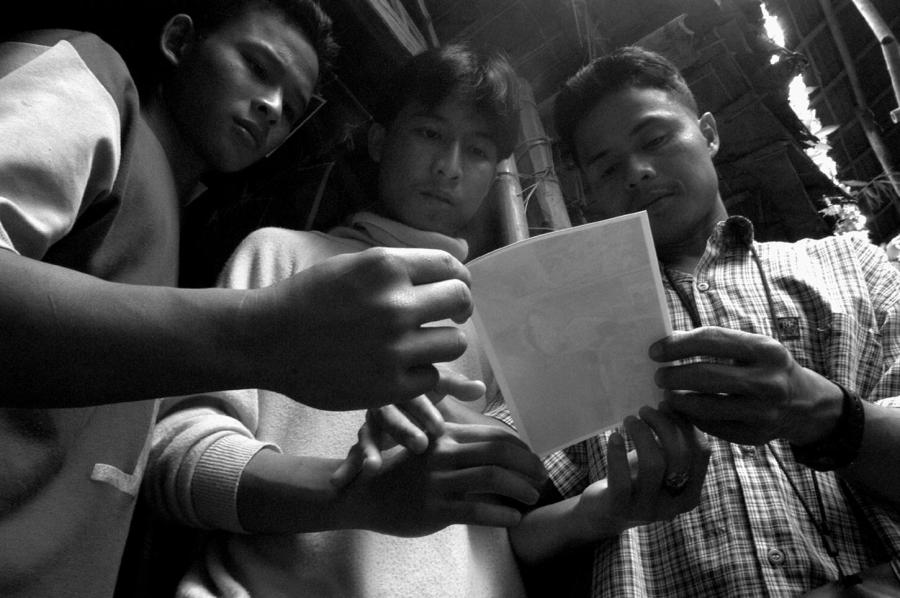For people, as for other animal species, migration is a basic adaptive process. It modifies competition and selection in areas of origin, exposes migrants to new habitats and cultural patterns, promotes new genetic combinations, and, generally, induces changes in the areas of origin via feedbacks of people and ideas.
Although often identified with massive refugee movements, migration is usually undertaken to increase economic or socio-cultural opportunities for the migrant. Migrations are local, national or international. They involve small groups of varying size as well as mass displacements of entire populations.
Most migrations are voluntary; however, forced resettlement is as ancient as the Babylonian captivity of the Jews and as recent as the vast population transfers following the separation of India and Pakistan. In the United States, the policies of Andrew Jackson led to the expulsion of the "civilized tribes" from the Southwest to Oklahoma, the Trail of Tears still anguishing the Choctaw, Cherokee and other Indians. Perhaps the greatest forced migration has been the African diaspora resulting from 1,000 years of Arab and 350 years of European slaving. All migrations, even slaving, lead to permanent transfers of populations and produce groups which return to areas of origin. This kind of circular travel characterizes traditional nomadism, episodic wagework in mining (Africa) or agriculture (United States), pilgrimages (Mecca, Hindu sacred places) and tourism.
Although there exists no systematic history of migration, this phenomenon invariably occurs in response to high regional or international imbalances of populations and resources on the one hand; on the other, to new perceptions of opportunity, changes in transportation, and politico-military events. One important concomitant of migration has been epidemic disease, such as the influenza pandemic of 1919-21 and the great African cholera epidemic of 1974.
Notable migrations include those resulting from Alexander's conquests and Greek city building from Egypt to Central Asia. From about 100 B.C. to 600 A.D., Eurasia from the Pacific to the Atlantic witnessed very large population movements, such as the migration of the Huns from eastern Mongolia to Europe and India. But these earlier migrations have been far overshadowed by the upwellings of Europeans and Chinese since about 1850. The former populated the Americas, Australia and New Zealand, and Siberia; the latter, Manchuria and Southeast Asia. Today, the great migratory movement, especially in the Third World, is urbanization. Even cities as grim as Calcutta, where thousands are permanently homeless, attract villagers seeking a better, freer, more exciting life. Delhi today is serviced by entire villages of commuters, who retain a part-time village life.
Despite the immense diversity encompassed in migratory behavior, extensive comparative studies have disclosed a number of stages and characteristics common to most migrations.
1. A pioneering phase. At this time, small numbers of often "marginal" persons - monks, merchants, adventurers, trappers - penetrate new areas. They are often bicultural, e.g., Iroquois/French metis or mulattoes such as James Beckwourth, and relate readily to receiving cultures. Most of these pioneers disappear but a few are very influential in communicating information back to home places, and even in guiding subsequent migrants.
2. A colonization of enclaves. The pioneers recruit kinsfolk, mates and friends, creating settlements that become increasingly consolidated. Because of prior skills, local requirements or perhaps discrimination, the colonists are usually associated with specific occupations. Often, as in the Polish-American settlement of Hamtramck, a city within Detroit, employers, labor recruiters and the church cooperate in a planned, financed and ordered establishment of a captive labor supply.
3. Enclave fragmentations and secondary migrations. Enclave settlement can be very long lasting. Many medieval cities and others in the Middle East today are aggregates of self-governing enclaves of different religions, occupations and cultures. Lasting enclaves in rural areas are usually identified with marked economic distinctions, e.g., Maasai herdsmen versus Bantu horticulturists. Nevertheless, enclaves in most cities tend gradually to disintegrate.
For example, in the Kawangware District of Nairobi, Dallas Browne found an originally rural area that was absorbed by the city's growth. The local population has been able to maintain control of the land and district politics and has become increasingly a body of landlords for migrants. As Kawangwarans attain education and upward mobility, they, in turn, have begun to migrate.
Another widespread process, noted by Thomas and Znaniecki in their classic study of the Polish peasant in Europe and America, is the rise of inter-generational tension. A basic cause is the conflict between parental ways and the teachings of the encompassing society. Also common are a lack of opportunities for the younger generation and the consequent growth of idle "street corner" societies. These are found in Memphis, Tennessee and Dar es Salaam, Tanzania, alike.
Long-term inter-regional and international migration is stressful, even when mitigated by help en route and in the receiving area. Benjamin Malzberg's 1956-60 studies in New York State established a risk of mental illness, including alcoholism, for five years after migration. Later work has determined a similar risk in hypertension.
At the same time, the health and even survival of migrants are profoundly affected by the migrant culture. This was shown decisively by the studies of William Guilfoy on mortality by ethnic group in Manhattan Borough, New York, in 1915. In essence, Jewish and Italian immigrants proved to have far better standardized mortalities than either north European immigrants or local whites, notwithstanding deep poverty and unhygienic housing. Strong standards of family-level and group mutual help, including effective traditional medicine, seem to have been operative. A similar anomaly of survival is to be found today among New York Puerto Ricans.
Wherever migration is long-standing and largely planned, special patterns of migrant culture are likely to arise in both originating and receiving areas. For example, the Black population of Holmes County, Mississippi, had adapted to large-scale migration by the 1960s. By that time, two-thirds of the population born in the county lived in northern and western cities, especially, Chicago, Brooklyn and Los Angeles. In these cities, Black Holmes Countians lived largely in well-defined enclaves; almost all could be reached from known gathering centers, mostly cafes and bars. Relatives helped migrants to find jobs and enroll in schools. Family communications by telephone often transmitted important family news nationwide. Younger people, on completing 10 to 12 years of school in Holmes County, explored opportunities in different cities while residing with uncles or aunts. Urban children were placed in rural schools away from ghetto dangers. The disabled and retired also went south. More generally, families reassembled in Holmes County for holidays such as the Fourth of July and especially for funerals. Female-headed, consensual households became common, a reflection in part of the value placed on fertility. Yet, by 1970, younger women aroused by movements of liberation began procuring contraceptives from northern kinswomen and practicing birth control.
In both north and south, Holmes Countians were social and demographically isolated until very recently. They had their own clubs and churches and married each other. They were conscious, moreover, of their identity. Fluent in ghetto talk, they switched to Hill or Delta in private. Aware of urban churches or neo-African movements, they eschewed both in favor of their own ways. They tempered ghetto forwardness with southern touchiness concerning female honor. It is only now that broader assimilation appears underway, particularly in areas of secondary migration to such cities as Minneapolis.
Cultures survive despite migration, yet in so doing their essence is revealed, their surface is recast.
Article copyright Cultural Survival, Inc.



